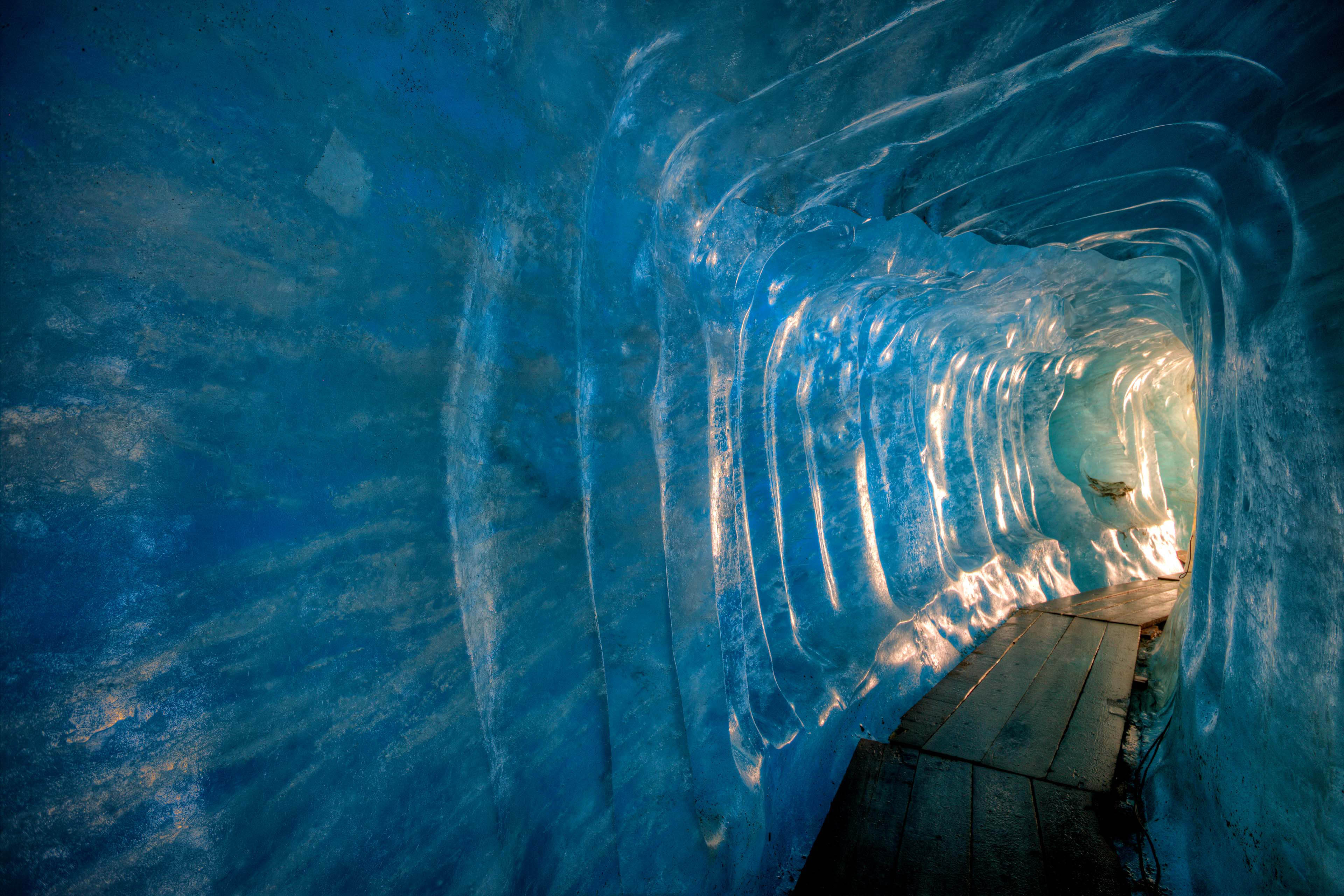EY refers to the global organization, and may refer to one or more, of the member firms of Ernst & Young Global Limited, each of which is a separate legal entity. Ernst & Young Global Limited, a UK company limited by guarantee, does not provide services to clients.
Finland has climbed to the 24th position in the Renewable Energy Country Attractiveness Index (RECAI) report published by consulting company EY.
The index ranks the top 40 countries according to the attractiveness of their renewable energy investment and deployment opportunities. The report has been published biannually since 2003 and Finland was first included in 2016. Finland’s ranking has improved over the years, amongst others due to clearer government ambitions to increase the share of renewable energy in order to achieve its ambitious climate goals and energy independence, the growth of corporate power purchase agreements (“PPA”) and investments into innovative technologies. The best overall index score was achieved by the U.S. while Saudi Arabia got the weakest score.
”A lack of ambitious renewables targets and relatively limited technology diversification are some of the reasons why Finland has not achieved better rankings in the past. However, in the last couple of years, Finland’s commitment to stabilize regulation and set ambitious targets for carbon neutrality has started to generate significant traction in the renewables build out. We have been seeing a strong influx of foreign investment into the sector and there has also been a noticeable shift in public opinion towards wider support for renewable technologies. Offshore wind and solar power are now finally entering the mix and will contribute alongside onshore wind to meeting the expected strong growth in future green electricity demand”, says Kinga Charpentier, EY Corporate Finance Partner and Renewables Leader.
Finland has encouraged both traditional industrial companies and new technologies, such as data centers, to increase their use of renewable energy. Corporate PPAs are continuing to experience a strong boom, driven by sustainability considerations.
”Finland’s energy transition is largely based on electrification of energy intensive sectors such as for example heating and transport, while many countries still rely heavily on gas. This has been a strength in terms of energy independence, which of course in current times is crucial and is likely to continue to drive further demand for green electricity in the future”, Charpentier continues.
Charpentier believes that Finland will continue to develop new forms of renewable energy such as hydrogen, solar energy and offshore wind.
”Ambitious climate targets and investment in new technologies are Finland’s strong suite and I believe these factors will further increase interest among foreign investors”, Charpentier concludes. “To accelerate the transition towards renewable energy, and realize the full potential that Finland has to offer, we do however need further clarity from the government on how these ambitious climate targets will be achieved.”
As one of Finland’s strengths, the RECAI report highlights the fact that the Finnish government approved the use of an auction model in the leasing of public waters in order to develop offshore wind power starting in 2023 and 2024. The report also mentions that Finland is extending the life span of nuclear power plants: in 2022, Fortum applied for extensions in the life spans of both its reactors in Loviisa from 20 to 50 years.
Energy safety highlighted in the report
The RECAI report highlights the importance of new technologies and green fuels in decreasing dependency on gas. Due to geopolitical instability and the rise in gas prices, governments around the world want to speed up and expand their renewable energy programs to decrease their dependence on imported energy.
“Many renewable energy technologies that were once perceived as new and risky are quickly proving their potential. The price of energy is expected to remain volatile in the near future, so now is an opportune time to explore and invest in technological innovations to enable long-term sustainable growth”, Charpentier says.
An increase in floating energy
It is believed that floating offshore wind parks and floating solar energy will become mainstream as the search for new and innovative alternatives for renewable energy forms continues.
”Floating solar energy also attracts more attention now that the price of solar panels has plummeted and the global capacity increased over 100-fold in the last five years up until 2021. For now, the majority of “floating energy projects” are built on man-made sweet water pools, but the intention is to move further out to the open sea where more opportunities for growth exist”, Charpentier explains.
According to the EY report, offshore wind power still has the biggest investment potential and the cost of energy produced is expected to decrease to 70 dollars per MWh or below by the year 2030. In addition to the 11 floating offshore wind projects already ongoing, another hundred are under construction.



